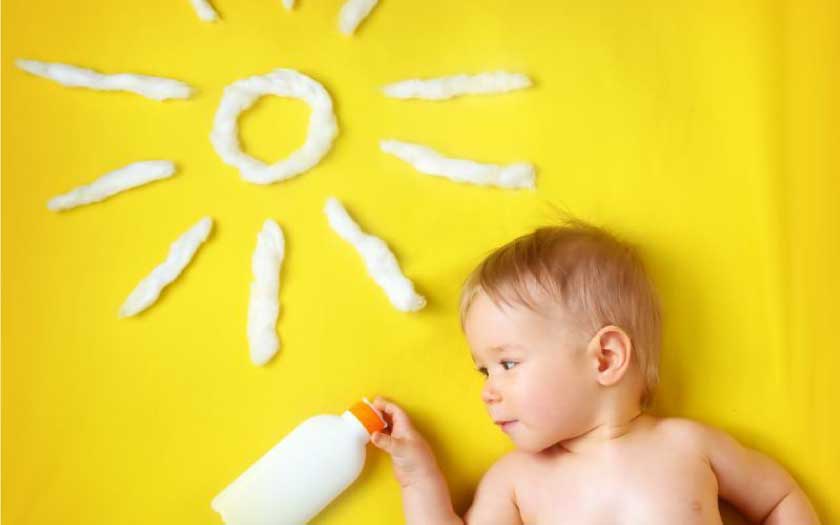Vitamin D is a crucial nutrient for children’s good health and development and lack of it can lead to serious health complications. It helps bones grow, develop properly, and stay strong. Nicknamed the sunshine vitamin, it’s mainly obtained through exposure to sunlight. It can also be obtained through foods such as milk, eggs, and cheese.
Vitamin D helps in regulating the immune system, insulin production, and cell growth in the human body. Apart from assisting in the absorption of minerals like calcium to build strong teeth and bones, epidemiological evidence following researches and studies found that vitamin D may also play a role in preventing some chronic diseases later in life, including those involving the immune and cardiovascular systems.
A deficiency in Vitamin D can not only cause rickets (a disease that leads to bone deformity and fractures), it can also keep growing children from reaching their genetically programmed height and peak bone mass.
Vitamin D can be produced naturally by the human body with the help of some direct sun exposure. Since experts have warned that UV radiation from the sun is the main cause of skin cancer and that it’s hard to judge whether enough sunlight can be obtained to produce Vitamin D without increasing one’s risk of potentially deadly skin cancer, parents should consider finding other ways to help their little ones get this vitamin such as through liquid or chewable supplements.
When supplementing is necessary
All non-breastfed infants, as well as older children, who are consuming less than 32 ounces per day of vitamin D-fortified formula or milk, should receive a vitamin D supplement of 400 IU a day. Breastfed and partially breastfed infants should be supplemented with 400 IU a day of vitamin D beginning in the first few days of life.
Dosage
Vitamin D can be harmful if taken in excessive amounts. The safe upper limit for infants up to 12 months old is 1,000 to 1,500 IU daily. Unlike Vitamin C, which isn’t stored in the body and where any excess is simply eliminated via urination, Vitamin D, by contrast, is stored in body tissue, so it’s best not to get more than the recommended dosage. To be safe, if you have a very young child, stick to the recommended 400 IUs found in most infant supplements. More than 400 IUs may be fine for an older child but check with your child’s doctor to be sure.
Natural sources and fortified foods
Vitamin D is found naturally in only a few foods — they include oily fish, beef liver, cheese, egg yolks, and some mushrooms. Oily (or fatty) fish are one of the best sources of the vitamin. For example, 3.5 ounces of cooked salmon offers approximately 360 IU (about 90 percent of your child’s daily recommended value) of vitamin D per serving. Other examples of oily fish include tuna, mackerel, trout, herring, sardines, kipper, carp, and even anchovies!
Fortified foods are another way to increase vitamin D in your child’s diet. Look for foods with added vitamin D such as milk, cereal, orange juice, yogurt, and margarine.
Food sources of vitamin D:
- 6 ounces fortified yogurt: 80 IU
- 1/2 cup orange juice, fortified with 25 percent of the daily value for vitamin D: 50 IU
- 1/2 cup fortified milk (whole, low-fat, or skim): 49 IU
- one slice fortified cheese: 40 IU
- 1/2 cup fortified, ready-to-eat cereal: 19 IU
- 1/2 large egg yolk: 10 IU
Featured image source: www.kidschildrenshealth.com


